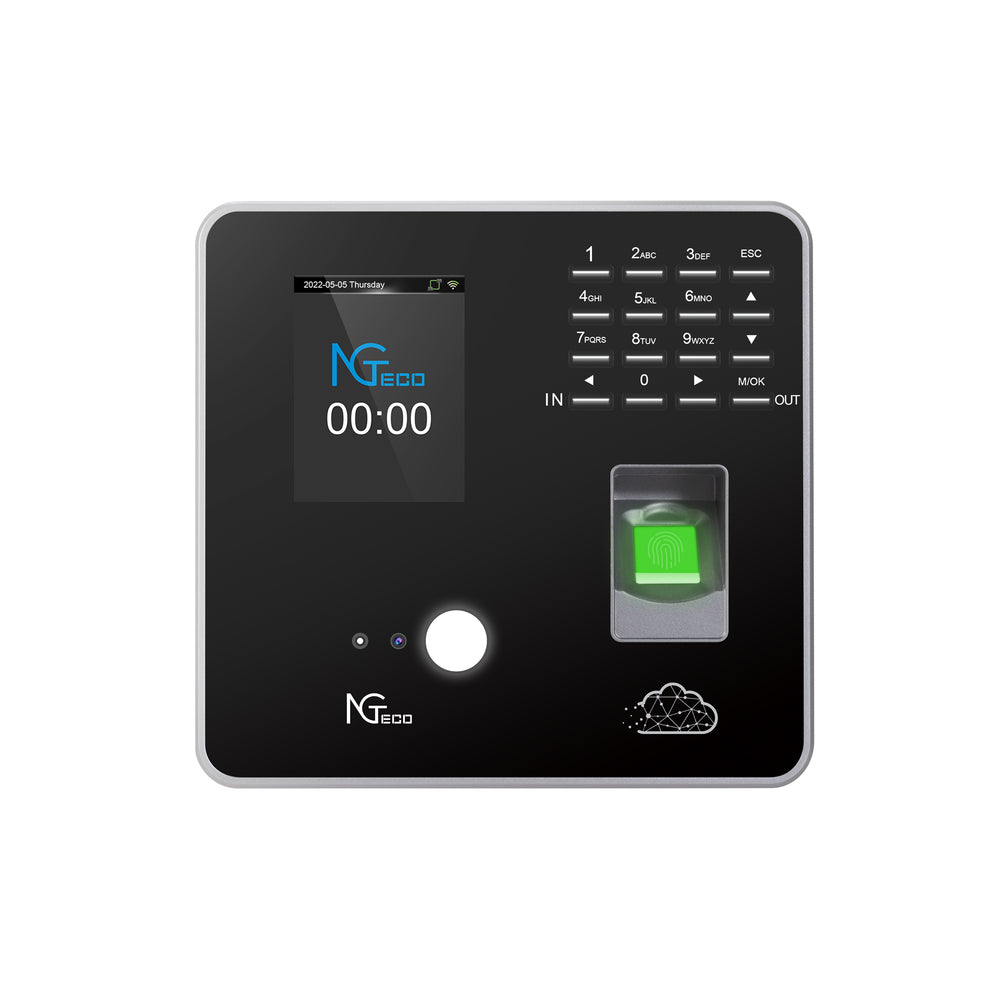Unlocking the Secrets of Time Clocks: Discover Which One Suits You Best!
In the fast-paced world we live in, managing time effectively has never been more crucial. Time clocks serve as essential tools in various settings, from large corporations to small businesses, helping to streamline attendance tracking and payroll processes. By exploring the different types of time clocks available, individuals and organizations can find the perfect fit for their specific needs, ensuring efficiency and accuracy in time management. Whether you are a business owner seeking to enhance operational efficiency or an individual curious about the best timekeeping solutions, this article will guide you through the various types of time clocks and their unique features.

Understanding Time Clocks
Time clocks have evolved significantly since their inception in the late 19th century. Originally, they were mechanical devices used for recording employee hours by stamping time cards. As technology advanced, these devices transformed into electronic systems that offered more sophisticated features such as automatic data collection and integration with payroll systems. Today, time clocks come in various forms, each designed to meet specific needs and preferences. This evolution reflects the growing demand for accurate time tracking solutions, making it easier for businesses to manage their workforce while maintaining compliance with labor regulations. Understanding the history and development of time clocks can provide valuable insights into why certain features and functionalities are critical in today’s workplace.
Types of Time Clocks
When it comes to time clocks, there are several types to choose from, each with its own set of features and benefits. The most common types include mechanical, electronic, and biometric time clocks. Mechanical time clocks, while less common today, are still appreciated for their simplicity and reliability. Electronic time clocks offer advanced functionalities, including digital displays and integration with various software applications. On the other hand, biometric time clocks utilize unique biological traits, such as fingerprints or facial recognition, to ensure accurate tracking of employee attendance. Each type caters to different workplace environments and preferences, making it essential to evaluate their features before making a decision.
Mechanical Time Clocks
Mechanical time clocks are the traditional timekeeping devices that utilize a physical mechanism to record time. They typically operate with time cards that employees punch in and out of the machine. One of the main benefits of mechanical time clocks is their durability and simplicity—there are fewer components that can fail. However, they can be prone to human error, such as incorrect punches, and may not provide the detailed reporting that modern workplaces often require. While they offer a nostalgic charm, businesses looking for comprehensive time tracking may find them lacking in functionality.
Electronic Time Clocks
Electronic time clocks have largely replaced mechanical models in many settings. These devices automatically record employee time and can often integrate directly with payroll systems, reducing the need for manual entries. Many electronic time clocks also offer features such as customizable reports, various clocking methods (like PIN entry or swipe cards), and real-time monitoring. The convenience and efficiency they provide can significantly streamline timekeeping processes, making them a popular choice among employers.
Biometric Time Clocks
Biometric time clocks represent the cutting edge of time tracking technology. By using unique identifiers—such as fingerprints, iris scans, or facial recognition—these devices enhance security and accuracy in tracking employee attendance. They eliminate the possibility of buddy punching, where one employee clocks in for another, ensuring that the recorded hours are legitimate. Although biometric time clocks can be more expensive, the investment often pays off in terms of security and accurate payroll processing.
Features to Consider When Choosing a Time Clock
When selecting a time clock, various features should be taken into account to ensure it meets the needs of your organization. Ease of use is paramount; both employees and managers should find the system intuitive and straightforward to operate. Additionally, integration with payroll systems can save time and reduce errors in data entry. Reporting capabilities are also crucial; the ability to generate detailed reports on attendance, absences, and overtime can provide valuable insights for management. Lastly, consider the scalability of the time clock; as your business grows, your timekeeping solution should be able to adapt and expand accordingly.
Selecting the Right Time Clock for Your Needs
In summary, the variety of time clocks available today reflects the diverse needs of businesses and organizations. From mechanical models to sophisticated biometric systems, each type offers unique features and benefits. Selecting the right time clock is essential for effective time management and payroll processing. As you evaluate your options, consider the specific requirements of your workplace and the features that will best support your operations. With the right time clock in place, you can enhance productivity, ensure accurate record-keeping, and ultimately, improve the overall efficiency of your team.







تعليقات